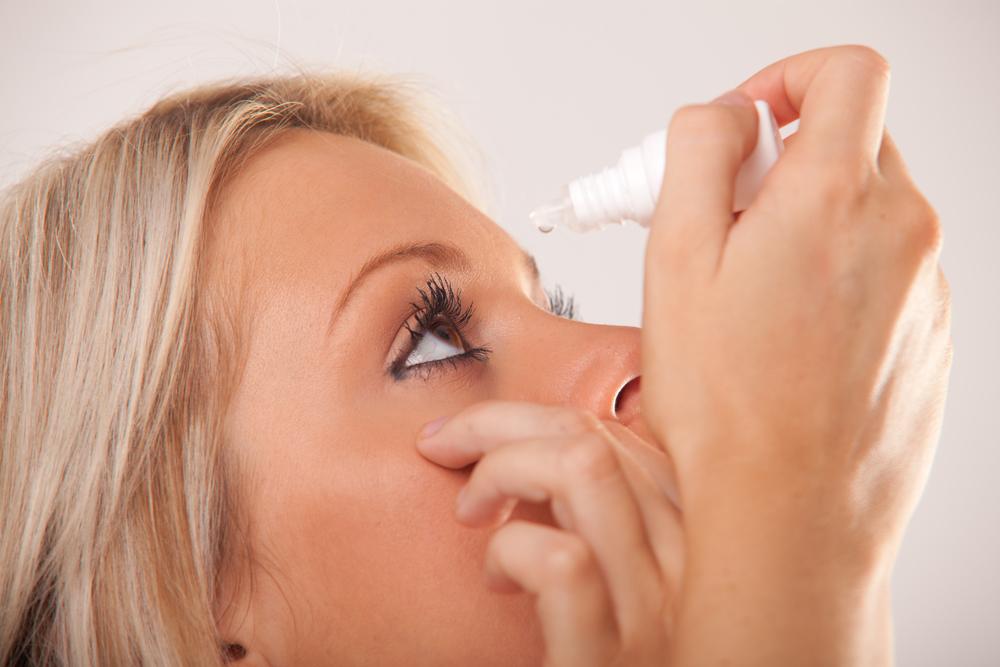Understanding Dry Eye Disease: Causes, Symptoms, and Solutions
Dry Eye Disease disrupts tear production, leading to discomfort and vision issues. Causes include environmental factors, medical conditions, and LASIK surgery. Prevention involves proper screening, lubrication, and lifestyle adjustments like hydration and diet. Managing dry eyes improves quality of life and eye comfort.
Sponsored

Understanding Dry Eye Disease
Dry Eye Disease affects the eye's tear production and quality, leading to discomfort and vision problems. The tear film, a thin layer covering the cornea, provides essential nutrients, removes debris, and ensures clear sight. When tear production declines or tears evaporate too quickly, dry eye symptoms emerge, regardless of age.
Common signs include dryness, redness, eye fatigue, itching, excessive tearing, and eyelid twitching. Causes range from environmental factors like wind and dust to medical conditions such as Sjogren's syndrome and rheumatoid arthritis. Contact lens wearers and individuals who undergo LASIK surgery are also at increased risk.
Post-LASIK dry eyes occur because the surgery may damage corneal nerves, reducing tear signals. Pre-screening, use of lubricating drops, and lifestyle adjustments can help prevent or manage the condition. Maintaining hydration, consuming omega-3s, and avoiding caffeine support eye health.






